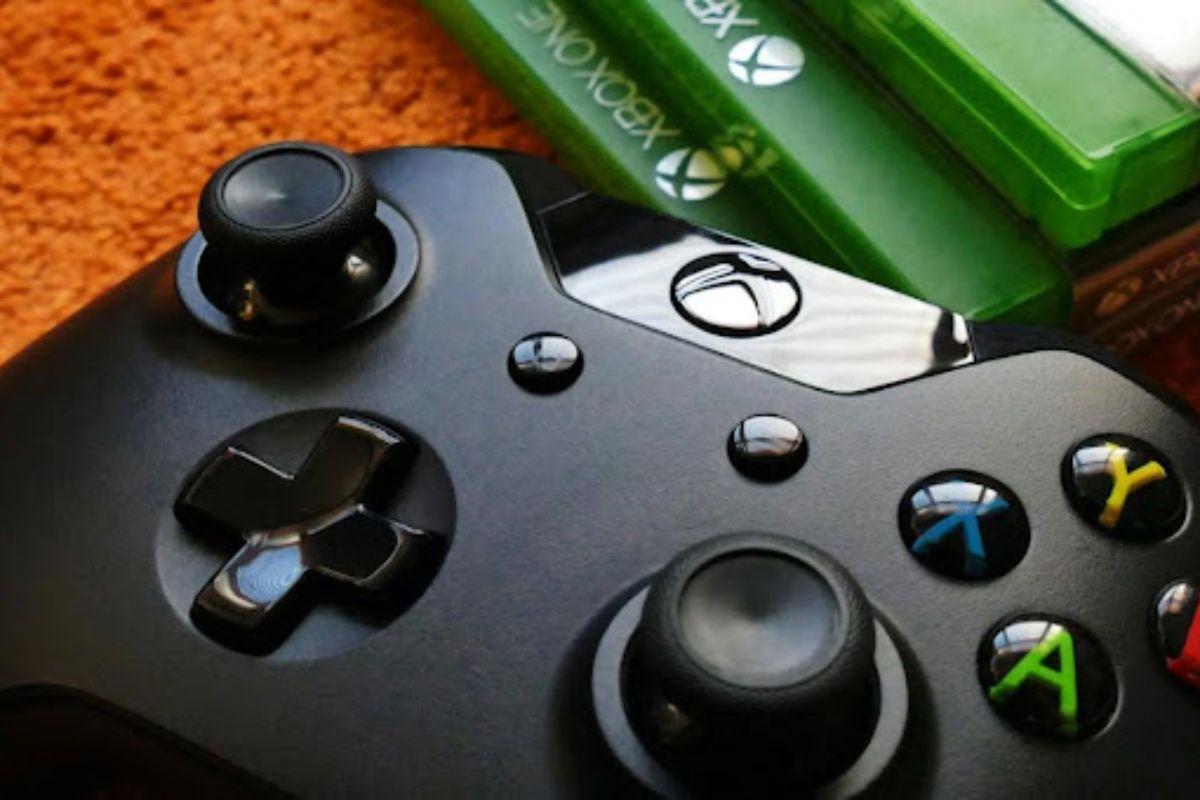Limited-Edition Mystery Boxes Do They Create Real Value or Just Hype?

The rise of limited-edition surprise boxes is one of the most popular marketing strategies of the past few years. The idea has spread to many different fields, from high-end fashion stores and online game sites to NFT drops and products related to gambling.
It promises surprise, scarcity, and a spark of pleasure. Some people are really interested in these boxes, but there is still a question: do they really offer value, or are they just cleverly packed hype?
Table of Contents
ToggleThe Power of the Unknown
Mystery boxes play on a strong psychological trigger: the desire to know more. The promise of a “mystery” makes people spend more than they normally would, often more than once, just to see what’s inside.
This is true whether it’s a $10 loot box in a mobile game or a $1,000 luxury package from a high-end store. But why does this plan work so well? At first, it feels like a secret. Fear of missing out (FOMO) is made worse when brands release limited-edition runs.
When you add an interesting story or a game-like experience to that, you have a powerful sales pitch. One example that is worth looking into is the rise in popularity of Mystery Box sites that use crypto.
Users can get chance prizes like NFTs, skins, and rare items through these services, which often combine gambling-like features with digital ownership. With their origin backed by blockchain, they seem to offer both fun and money, but it’s not clear if they can safely deliver either.
Narrative-Driven Joy: Where Real Value Emerges
Some people say that mystery box just a way to get a dopamine rush, but others say they’re a deeper, more satisfying experience, especially when the boxes are carefully made to give stories, tension, and the joy of finding.
According to Mairi Nolan, a respected escape-room reviewer and narrative designer, “The best of these boxes bring the player to a place where they feel like they’ve cracked a riddle that only they could have solved.
Anything that excites you or gives you an ‘aha’ moment is really good.” That aha moment—the rush of solving something cleverly embedded—is what transforms a random product into an experience. Game designer and writer Dave Neale adds: “You have to scaffold the gameplay enough that the players get to that point themselves.
Suddenly they’re like, ‘Wait a minute, if it’s this, suddenly that thing makes sense, that thing makes sense, all these things that we found bizarre, suddenly fit into place.’ And there’s magic in that moment… but it is very hard to make it happen.” When done well, mystery boxes mimic the structure of great mystery novels.
You start with confusion, then connect dots, and finally, hit a moment of epiphany. “At the end of the day,” as Nolan puts it, “these have to give you joy.” That said, not all mystery boxes hit that benchmark. Many are repetitive, underwhelming, or lean too heavily into sales gimmicks. That’s where it gets hard to tell the difference between talk and worth.
The Role of Exclusivity in Driving Sales
Brands have always known that being unique is a good thing. Members-only deals, planned sales, and limited drops have been around for a long time, even before computers. But surprise boxes give that idea a new twist.
Loot boxes and special packs are used to keep people coming back to gaming and iGaming sites, for example. They keep people interested by giving them “surprise rewards,” which could be free spins, bonuses, or expensive things.
Some of these prizes are based on how rare they are, which makes players want to keep spending money in the hopes of getting something rare. Most brands use it to get more sales in this way:
- Limited-Time Offers: Using countdowns and expiration dates to make things more urgent.
- Rarity Tiers: Giving prizes different chances (like common, rare, and ultra-rare) to keep people chasing high-value things.
- Gamified Progression: Gamified progression means giving users extra things or “level-up” perks for opening more than one box.
- Blockchain Provenance: Using crypto to make title clear and trackable, which raises the value of something.
- Influencer Drops: Working with influential people to get early access to new products to build buzz and social proof.
This idea has also made its way into crypto. Some sites combine the fun of gambling with blockchain technology. A user might spend tokens to open a box, hoping to reveal a rare NFT that could later appreciate in value.
The key driver? Scarcity and unpredictability.
The co-author of “Consumer Psychology of Mysterious Consumption: Embracing Uncertainty through a Perception of Control” notes, “People aren’t just buying a product—they’re buying an experience, an emotion. But buyer’s remorse can happen when the joy is only caused by a lack of something.
Are Mystery Boxes the Future—or Just a Phase?
Mystery boxes aren’t going away any time soon, even though some people don’t like them. These items will always be in demand as long as people like surprises and new things, especially in the game, entertainment, and niche collecting markets.
Their real strength is not in the things they hold, but in how they make you feel. The best boxes give you more than just stuff; they give you a moment. It could be a well-thought-out plot, a smart way to play, or just the thrill of opening something new.
Instead of just offering rare gifts, brands that can connect with people on an emotional level are more likely to build loyal groups and long-lasting value. For buyers, the message is clear: the box could contain gold, or it could just contain glitter.
Published by Azura Everhart
Hey, I am Azura Everhart a digital marketer with more than 5+ years of experience. I specialize in leveraging online platforms and strategies to drive business growth and engagement. View more posts
Recent Post
Light Touch Clinic Launches Hay Fever Injections







